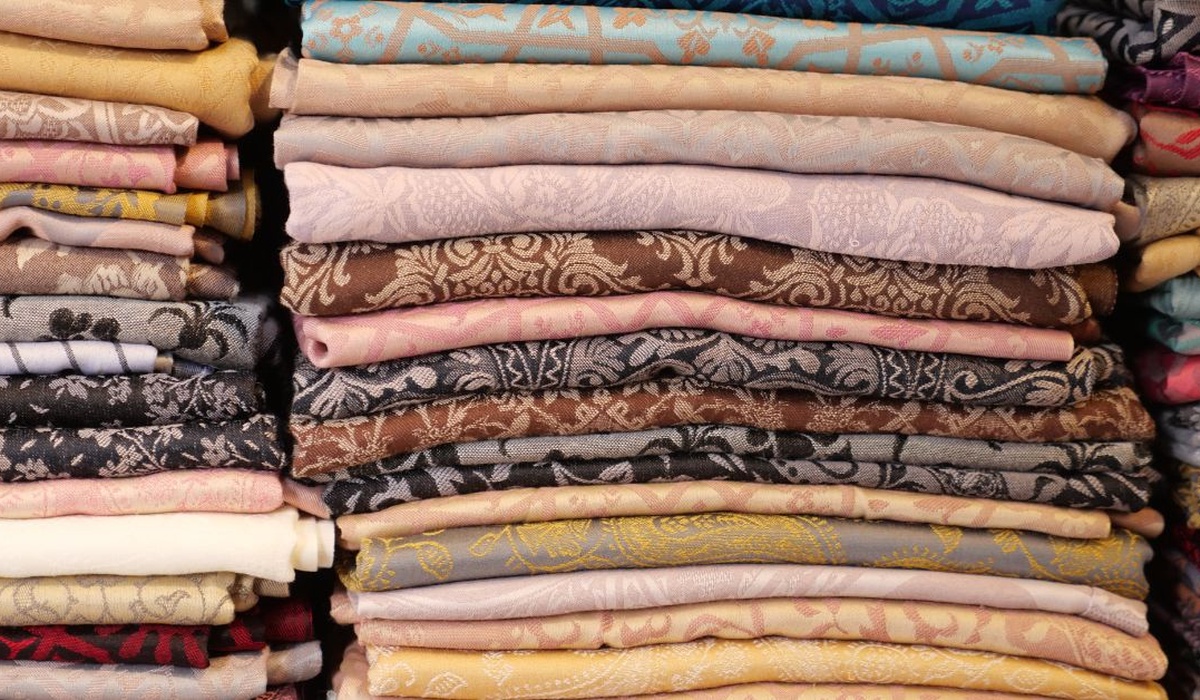Delicate fabrics deserve an extra level of care to maintain their beauty and integrity. Improper storage can lead to damage, discoloration, and pest infestation. That’s where this guide to storing delicate fabrics comes in to help you preserve your cherished materials for years to come. From cleaning techniques to choosing the right storage materials, here’s everything you need to know.
Clean Before Storing
Before storing your precious fabrics, ensure they are clean. Residual dirt, body oils, or stains can lead to discoloration or attract pests. Always follow the care instructions specific to your fabric type, using gentle detergents or professional cleaning when needed.
For example, being mindful of the dos and don’ts of properly cleaning ribbon can prevent unnecessary damage to these delicate fabrics. Taking this step before storage will help preserve the vibrancy and texture of your materials.
Choose the Right Storage Material
The materials you use for storage matter just as much as how you store your fabrics. Acid-free tissue paper and muslin fabric are excellent choices for wrapping delicate textiles, as they are gentle and won’t cause discoloration over time.
Avoid storing your fabrics in plastic containers unless they are specifically labeled archival-safe. Standard plastics can trap moisture and encourage mildew growth.
Avoid Direct Sunlight
Sunlight may be great for your health, but it’s not friendly to your fabrics. Exposure to direct sunlight can cause fading and weakening of fibers.
Store your delicate pieces in a cool, dark place to keep them safe from harmful UV rays. If your textiles are part of a display, consider rotating items periodically or using UV-protective glass to minimize exposure.
Fold With Care
Improper folding can lead to permanent creases or wear on your fabric. Instead, fold your items loosely, placing acid-free tissue paper between folds to cushion and prevent permanent lines.
For particularly delicate fabrics like silk or organza, consider rolling the material around a muslin-covered acid-free tube for added protection.
Use Cedar or Lavender
Skip the harsh chemical mothballs and try natural repellents like cedar or dried lavender. These deter pests and infuse your storage space with a pleasant aroma. Just be sure to wrap the cedar or lavender in breathable fabric or sachets to prevent direct contact with your textiles.
With proper care, your delicate fabrics can stay as stunning and functional as the day you acquired them. A thoughtful approach to cleaning, storing, and protecting your materials can make a lasting difference in preserving their quality. With this guide to storing delicate fabrics, you can keep using your fabrics for countless crafts and ideas.







